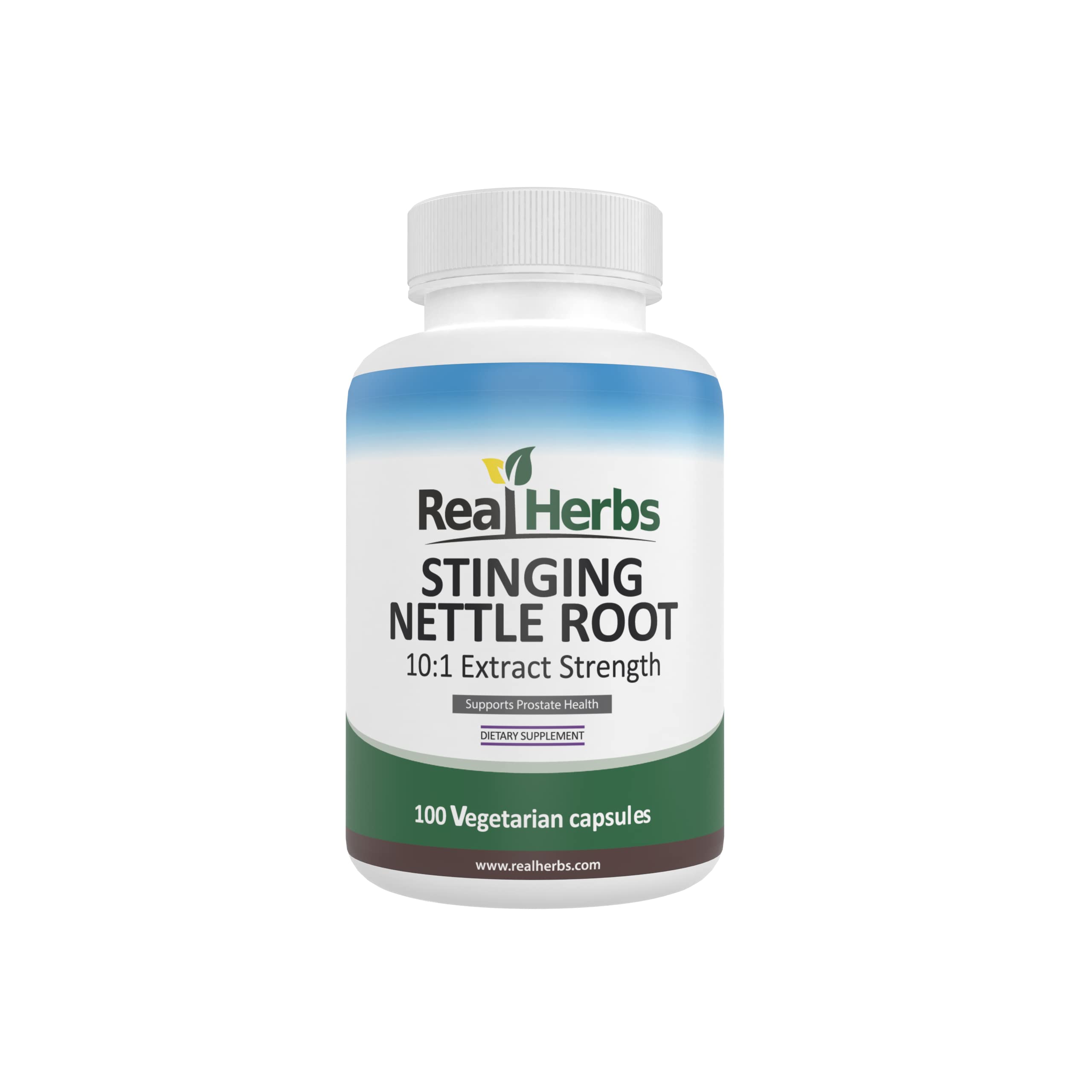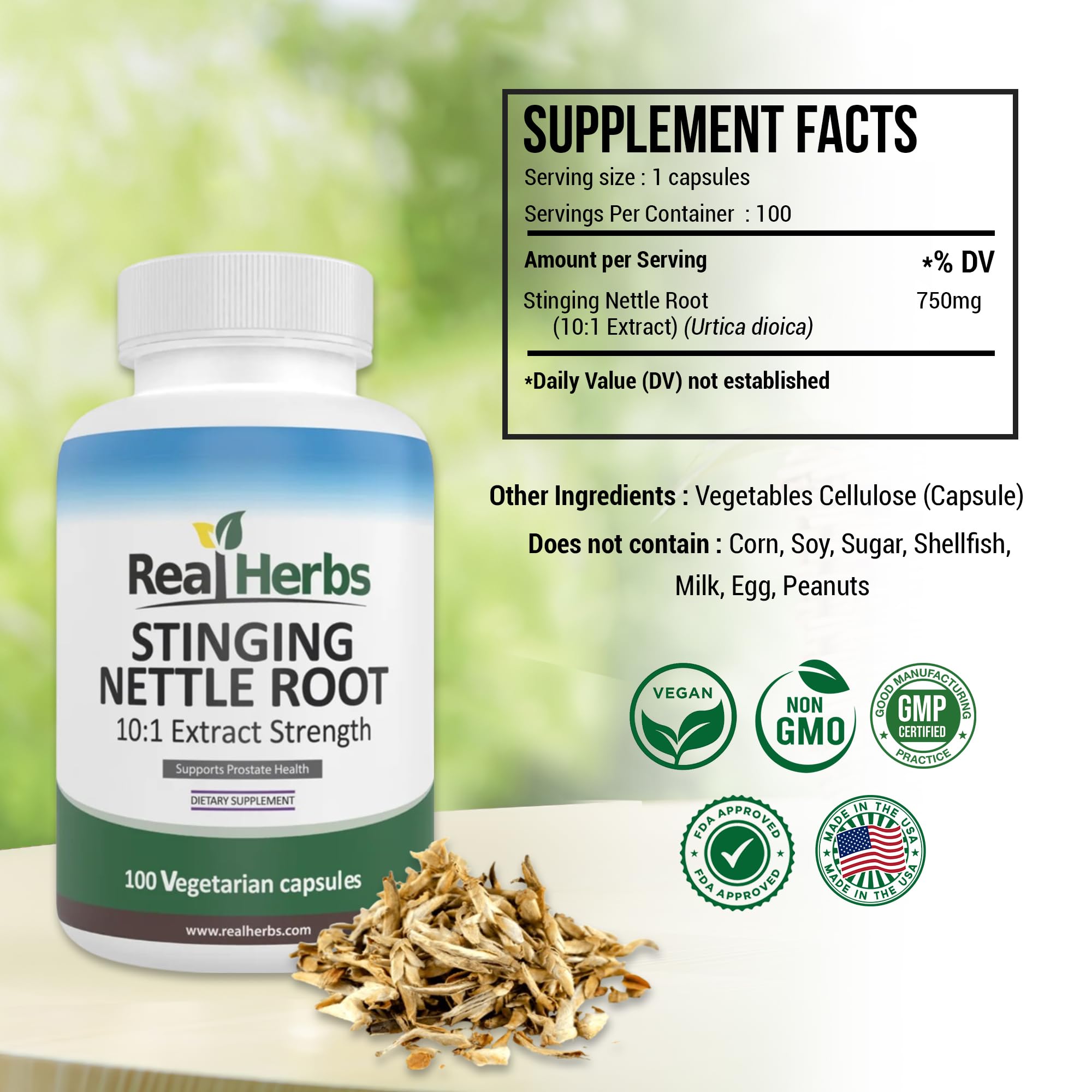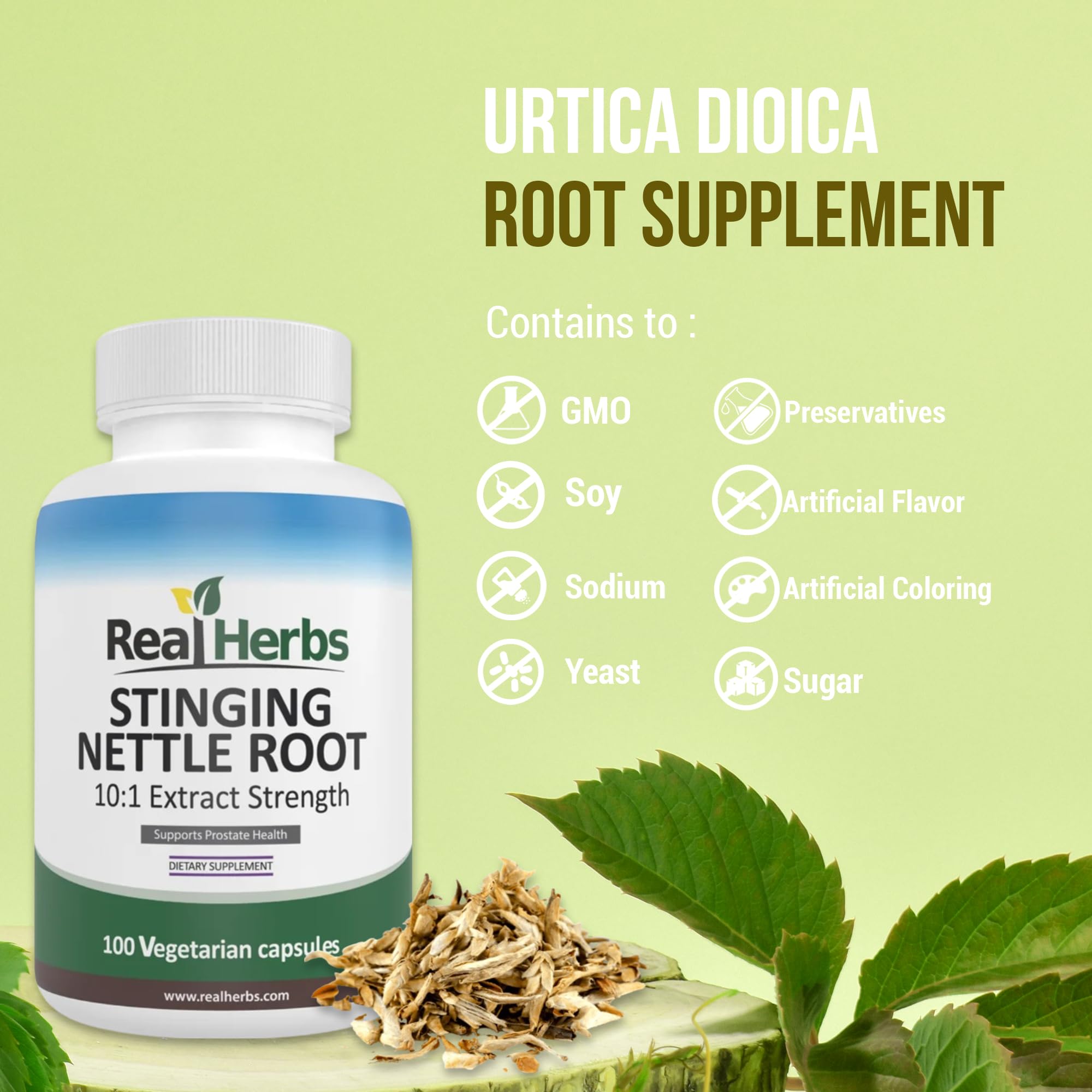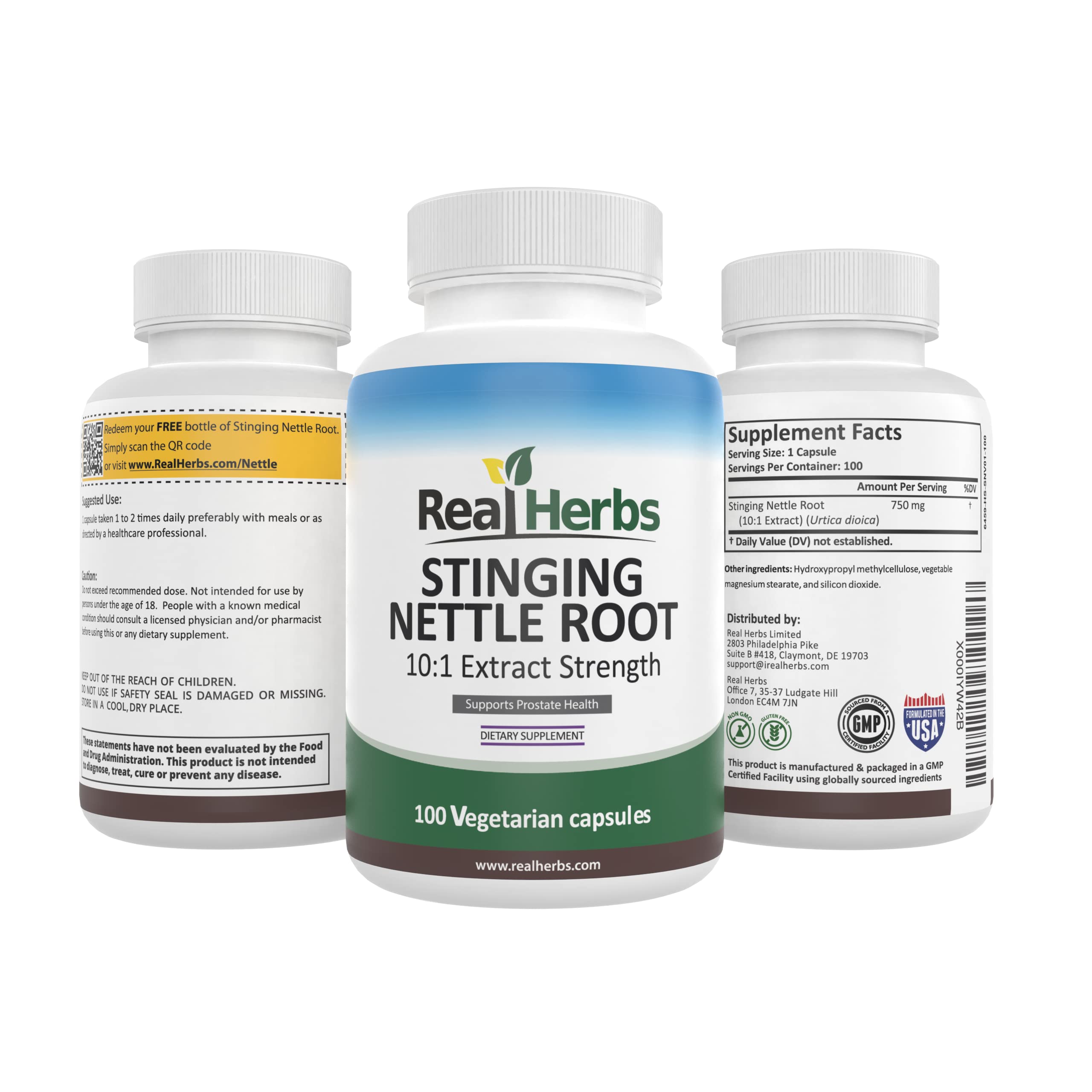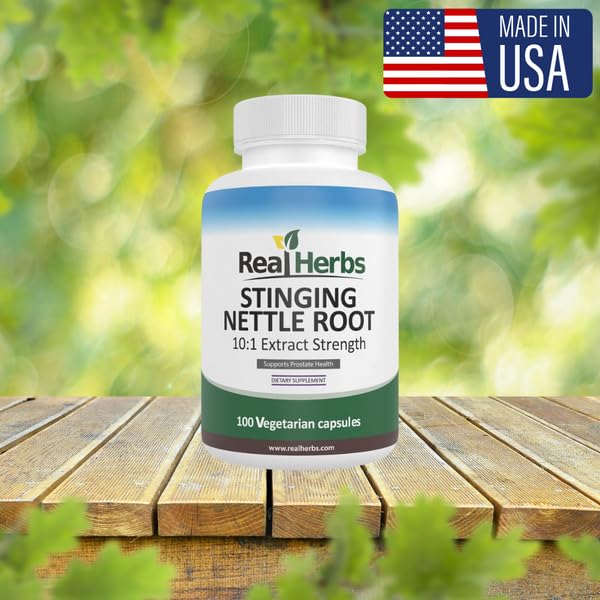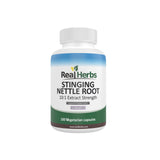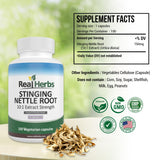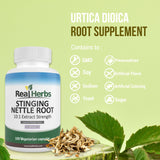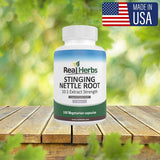How Stinging Nettle Root Works for Hair Loss Prevention
Introduction
Have you ever wondered about the secret to maintaining a luscious mane and preventing hair loss? In the quest for healthy locks, various remedies and treatments have been explored throughout history. One such natural solution gaining attention is the stinging nettle root, a botanical powerhouse with a rich history in traditional medicine.
As we delve into the intricacies of hair health, this article aims to unravel the mystery behind how stinging nettle root might play a pivotal role in preventing hair loss. From its botanical background to scientific studies supporting its efficacy, join us on a journey to discover the potential benefits of this often-overlooked herbal remedy.
Understanding Hair Loss
Before we explore the potential benefits of stinging nettle root, it's essential to understand the complex factors contributing to hair loss. Hair loss is a common concern affecting millions worldwide, and it can be attributed to various causes, including genetics, hormonal imbalances, nutritional deficiencies, and environmental factors.
Types of Hair Loss
Hair loss isn't a one-size-fits-all condition. There are several types, each with its unique characteristics. From androgenetic alopecia (pattern baldness) to alopecia areata (an autoimmune condition causing hair loss in patches), the reasons behind losing those precious strands can vary.
Causes of Hair Loss
- Genetics: If your parents or grandparents experienced hair loss, there's a higher likelihood you might too.
- Hormonal Changes: Fluctuations in hormones, especially dihydrotestosterone (DHT), can contribute to hair thinning and loss.
- Lifestyle Factors: Poor diet, high-stress levels, and certain habits can impact the health of your hair follicles.
Stinging Nettle Root: An Overview
Now, let's turn our attention to the stinging nettle plant, Urtica dioica, which has been used for centuries in traditional medicine. Despite its notorious reputation for causing skin irritation upon contact, the plant's root has gained recognition for its potential health benefits.
Botanical Background
Stinging nettle is a perennial plant with serrated leaves and tiny, hair-like structures that release irritating substances when touched. While its sting may deter gardeners, herbalists have long valued its medicinal properties. The plant is rich in nutrients, including vitamins A and C, iron, and essential minerals.
Nutritional Components
What makes stinging nettle root particularly intriguing for hair health is its nutritional composition. Researchers have identified key components like beta-sitosterol, lignans, and quercetin, which are believed to contribute to its potential therapeutic effects.
The Connection between Stinging Nettle and Hair Loss
Now, let's explore how stinging nettle root may address the specific factors associated with hair loss.
DHT Blocker
One of the leading theories behind hair loss is the role of dihydrotestosterone (DHT), a hormone derived from testosterone. In individuals genetically predisposed to hair loss, DHT can shrink hair follicles, leading to thinner strands and eventual hair loss. Stinging nettle root is thought to act as a natural DHT blocker, inhibiting the production of this hormone and potentially slowing down the hair loss process.
Anti-Inflammatory Properties
Inflammation is another factor that can negatively impact hair follicles and contribute to hair loss. Stinging nettle root has been studied for its anti-inflammatory properties, which may help create a healthier environment for hair follicles to thrive.
Scientific Evidence and Studies
The promising potential of stinging nettle root in preventing hair loss is not merely anecdotal; scientific studies have delved into its effectiveness.
Review Studies
Several studies have explored the impact of stinging nettle on hair health. A review of the literature reveals a growing body of evidence supporting its role in inhibiting DHT, promoting hair growth, and improving overall hair quality. However, it's crucial to note that while these findings are promising, more extensive and rigorous studies are needed to establish a definitive link between stinging nettle root and hair loss prevention.
Limitations and Considerations
As with any natural remedy, it's essential to acknowledge the limitations of the existing research. Some studies may have small sample sizes or limited scope, and individual responses to stinging nettle root can vary. While the initial findings are encouraging, ongoing research is necessary to fully understand the mechanisms and long-term effects.
How to Use Stinging Nettle for Hair Health
Now that we've explored the potential benefits and scientific underpinnings, let's discuss practical ways to incorporate stinging nettle root into your hair care routine.
Supplements and Extracts
Stinging nettle root is available in various forms, including capsules, tinctures, and topical solutions. Choosing the right form depends on personal preferences and needs. Supplements are convenient for those who may not enjoy the taste of herbal teas or want a concentrated dose of the active compounds.
Dosage and Safety
As with any supplement, it's crucial to follow recommended dosages. Consulting with a healthcare professional before incorporating stinging nettle into your routine is advisable, especially if you are pregnant, nursing, or taking medications. While generally considered safe, some individuals may experience allergies or interactions, underscoring the importance of cautious and informed use.
Other Natural Approaches to Hair Loss Prevention
While stinging nettle root shows promise, it's essential to consider a holistic approach to hair health. Incorporating other natural practices can complement the potential benefits of stinging nettle.
Healthy Lifestyle Habits
A balanced diet rich in vitamins and minerals is crucial for overall health, including the health of your hair. Ensure you're getting an adequate intake of nutrients like biotin, iron, and zinc, which play roles in hair growth. Regular exercise and stress management can also contribute to a healthy scalp and hair.
Complementary Therapies
Explore complementary therapies that promote relaxation and circulation, such as scalp massage or aromatherapy. These practices can enhance the overall health of your hair and create a conducive environment for hair follicles.
Conclusion
In the pursuit of healthy and vibrant hair, the potential benefits of stinging nettle root for hair loss prevention offer an intriguing avenue worth exploring. From its historical use in traditional medicine to the growing body of scientific evidence, stinging nettle root emerges as a natural remedy that may contribute to maintaining a fuller head of hair.
However, it's crucial to approach this natural solution with a balanced perspective. While some studies suggest a positive impact on hair health, more extensive research is needed to establish a definitive link between stinging nettle root and effective hair loss prevention. Moreover, individual responses can vary, emphasizing the importance of consulting with healthcare professionals before integrating stinging nettle into one's routine.
As we navigate the intricate landscape of hair loss, it becomes evident that a holistic approach, encompassing a balanced diet, lifestyle habits, and complementary therapies, is paramount. Stinging nettle root can be a valuable addition to this holistic strategy, potentially addressing specific factors like DHT production and inflammation.
In closing, the journey to healthier hair involves a combination of informed choices, lifestyle adjustments, and, perhaps, the incorporation of natural remedies like stinging nettle root. While the path may differ for each individual, the exploration of such natural alternatives adds depth to our understanding of holistic well-being.
References
To provide a solid foundation for the information presented in this article, we've drawn from a range of credible sources. Here are some of the key references:
-
Prager N, Bickett K, French N, Marcovici G. "A randomized, double-blind, placebo-controlled trial to determine the effectiveness of botanically derived inhibitors of 5-alpha-reductase in the treatment of androgenetic alopecia." Journal of Alternative and Complementary Medicine, 2002.
-
Rossi A, et al. "Comparative effectiveness of finasteride vs Serenoa repens in male androgenetic alopecia: a two-year study." International Journal of Immunopathology and Pharmacology, 2012.
-
Jurecka M, et al. "Efficacy and Tolerability of a Combination of Sabal and Urtica Extract in Lower Urinary Tract Symptoms. A randomized, double-blind study versus tamsulosin." Arzneimittel-Forschung (Drug Research), 2005.
-
National Center for Complementary and Integrative Health (NCCIH). "Stinging Nettle." U.S. Department of Health & Human Services. Accessed from NCCIH.

